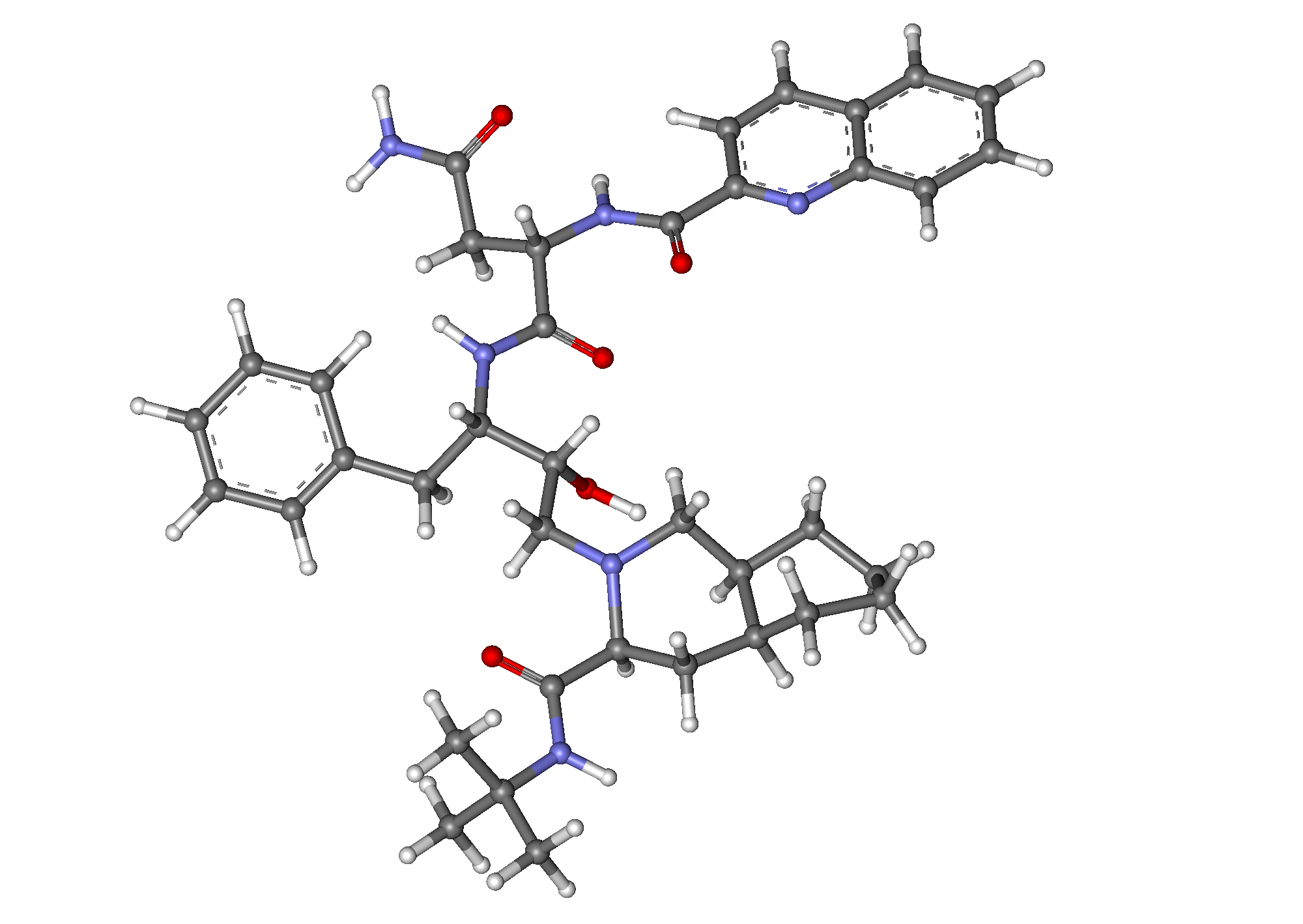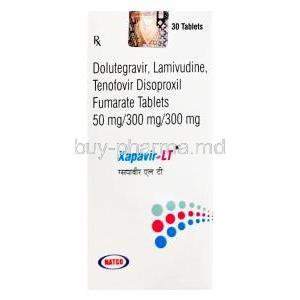Saquinavir
- I. Introduction
- II. Uses of Saquinavir
- III. Off-Label Uses
- IV. How Saquinavir Works
- V. Composition of Saquinavir
- VI. Dosage and Administration
- VII. Administration to Special Populations
- VIII. Common Side Effects
- IX. Other Side Effects
- X. Drug Interactions with Saquinavir
- XI. Warnings and Contraindications
- XII. Careful Administration and Important Precautions
- XIII. Storage of Saquinavir
- XIV. Overdosage
- XV. Conclusion
I. Introduction
Saquinavir, a protease inhibitor, was approved by the U.S. Food and Drug Administration in 1995. It played a role in developing antiretroviral treatments and is recognized as one of the pioneering protease inhibitors for managing HIV/AIDS.
The introduction of Saquinavir brought about a shift in antiretroviral therapy. This drug effectively suppresses the replication of the virus, significantly improving the lives of individuals living with HIV/AIDS. As a part of combination antiretroviral therapy (cART), Saquinavir has played a crucial role in reducing AIDS-related sickness and death.
Scope of the Article
This article seeks to offer an analysis of Saquinavir, exploring its authorized purposes, off-label uses, how it works, and relevant administrative factors. It serves as a guide for healthcare professionals and patients alike.
Approved Uses: Management of HIV/AIDS
Saquinavir is a medication that has been approved by the FDA to treat HIV-1 infection. It is primarily used in conjunction with other antiretroviral drugs1. It is important to note that saquinavir should not be used as a treatment on its own1. For more information about FDA-approved HIV medicines, you can visit the NIH website 1.
1: FDA-Approved HIV Medicines | NIH - HIVinfo
Mechanism in Treating HIV/AIDS
Saquinavir works by blocking the activity of the HIV protease enzyme. This is important for modifying proteins after they are made, effectively interrupting the life cycle of the virus. As a result, viral replication decreases, and there is a decrease in the amount of virus present 12. Saquinavir is a protease inhibitor that inhibits both HIV-1 and HIV-2 proteases 1. For more information about protease inhibitors and their role in HIV treatment, you can visit the Healthline website 3.
1: Saquinavir - Wikipedia 3: HIV: Guide to Protease Inhibitors - Healthline 2: Saquinavir - NIH
Role in Combination Therapy
Saquinavir is a medication that is used in combination with other antiretroviral drugs as part of combination antiretroviral therapy (cART) to treat HIV-1 infection 1. Saquinavir is a protease inhibitor that inhibits both HIV-1 and HIV-2 proteases 2. When incorporated into cART, saquinavir enhances the combined antiviral effects, reducing the risk of drug resistance and improving long-term therapeutic results 34. For more information about FDA-approved HIV medicines, you can visit the NIH website 1.
3: Saquinavir - Wikipedia 2: Saquinavir - NIH 4: HIV: Guide to Protease Inhibitors - Healthline 1: FDA-Approved HIV Medicines | NIH - HIVinfo
III. Off-Label Uses
Experimental Treatments
Saquinavir is an FDA-approved medication used to treat HIV-1 infection 1. Although it has been researched extensively for its potential in addressing other viral illnesses and even some forms of cancer, it is important to note that saquinavir is not approved by the FDA for these uses 2. The findings so far have not provided conclusive results 2. For more information about FDA-approved HIV medicines, you can visit the NIH website 1.
2: Saquinavir - NIH 1: FDA-Approved HIV Medicines | NIH - HIVinfo
Hepatitis Treatment
A few studies have been conducted on the effectiveness of saquinavir in treating patients who have both Hepatitis C and HIV. However, the available data is insufficient to support its use in this situation 1. For more information about saquinavir and its use in treating HIV-1 infection, you can visit the NIH website 2.
1: Saquinavir exposure in HIV-infected patients with chronic viral hepatitis - Oxford Academic 2: FDA-Approved HIV Medicines | NIH - HIVinfo
Post-exposure Prophylaxis
Saquinavir has been used in situations as a part of post-exposure prophylaxis (PEP) plans. PEP uses antiretroviral drugs after a single high-risk event to stop HIV seroconversion. PEP must be started immediately to be effective—and always within 72 hours of a possible exposure12. Notably, these uses are not officially approved and should only be started under medical guidance12. For more information about PEP, you can visit the CDC website.
1: Post-Exposure Prophylaxis (PEP) | HIV Risk and Prevention - CDC 2: Post-Exposure Prophylaxis | HIV.gov
Mode of Action: Protease Inhibition
Saquinavir, which is a protease inhibitor, works by inhibiting the viral protease enzyme and interrupting the life cycle of HIV. This prevents the virus from developing into its state.
Pharmacokinetics and Pharmacodynamics
Saquinavir exhibits a pattern of how it is processed in the body. The liver plays a role in metabolizing it, and there is an extensive initial breakdown. Understanding its effects, on the body requires monitoring to ensure that it effectively works as intended.
Importance in Reducing Viral Load
The medication plays a role in reducing viral RNA levels, ultimately increasing CD4 cell counts. In essence, Saquinavir helps restore the system functionality.
Active and Inactive Ingredients
The main component of the medicine is known as saquinavir mesylate. Its other ingredients include lactose, magnesium stearate, and various others.

Various Formulations (Capsules, Tablets)
Saquinavir comes in forms, such as hard gel capsules and film-coated tablets, to meet patients' diverse requirements and convenience when it comes to dosing.
Generic vs. Brand Names
Although there are versions available, they need to meet strict bioequivalence criteria to be considered as equally effective as the brand name counterparts.
VI. Dosage and Administration
Standard Adult Dosage Guidelines
The usual practice is to give a dosage of 600 mg every 8 hours. It is essential to refer to the recommended dosing guidelines or consult healthcare professionals for information on how much to take.
Special Cases: Dosage Adjustments
Patients with liver problems or taking medications that interact with Saquinavir may need to adjust their dosage. It is essential to exercise caution and follow guidance in these cases.
Routes of Administration
The standard way to take this medication is by mouth, either, as a pill or a tablet. It is generally advised to have it with a meal to help your body absorb it better.
VII. Administration to Special Populations
Administration to Elderly Patients
Elderly individuals may have changes in how their bodies process medications, so it is essential to adjust the dosage and closely monitor their condition.
Administration to Pregnant Women and Nursing Mothers
Although the exact safety of Saquinavir in women and nursing mothers has not been entirely determined, it may be worth considering its use if the potential advantages outweigh the potential risks.
Administration to Children
Specialized dosing schedules are typically needed when using Saquinavir in children, as it is usually considered when other treatment options are not possible.
VIII. Common Side Effects
Gastrointestinal Distress
- Nausea
- Vomiting
- Diarrhea
Changes in Liver Enzymes
It is common to have levels of liver enzymes, so it is essential to monitor the liver during treatment regularly.
Fatigue and Weakness
Feeling tired and experiencing weakness are often reported, but they usually don't last long and tend to improve with ongoing treatment.
IX. Other Side Effects
Serious Side Effects: Cardiac Concerns
One of the severe consequences of Saquinavir treatment is the occurrence of heart rhythm abnormalities. These can include prolonging the QT interval, which, although uncommon, can potentially lead to life-threatening heartbeats. Due, to these concerns, it is often recommended to monitor patients using electrocardiography.
Long-term Side Effects
Lipodystrophy refers to the redistribution of body fat, while lipid levels in the bloodstream characterize hyperlipidemia. Osteoporosis, on the other hand, involves a reduction in bone density. It is important to note that continuous use of Saquinavir can lead to chronic complications, highlighting the importance of long-term medical monitoring.
Saquinavir is not often used alone. It is typically included in a combination of multiple drugs. When taken together with antiretrovirals, like ritonavir it can affect the way it behaves in the body so careful monitoring is necessary.
Impact on Concomitant Medication (Antibiotics, Antifungals)
When Saquinavir is taken together with antibiotics or antifungal medications, it can cause changes in how the drugs work in the body. These interactions can. Make the side effects worse or reduce the effectiveness of treatment. Therefore, it is crucial to adjust medication schedules to ensure optimal results.
It is generally not recommended to consume alcohol while taking Saquinavir as it can worsen liver enzyme elevations and increase the potential for side effects of the drug.
XI. Warnings and Contraindications
Black Box Warnings
Saquinavir is accompanied by a warning that advises against using it in people with heart problems due to its potential to prolong the QT interval. This caution should not be taken lightly. Requires careful attention.
Drug Allergies
People with a confirmed sensitivity to Saquinavir or any of its ingredients are recommended to avoid this treatment option.
.jpg)
Pre-existing Medical Conditions
Patients with liver problems or underlying heart conditions may not be candidates, for Saquinavir treatment. It emphasizes the importance of conducting a medical assessment before starting the therapy.
XII. Careful Administration and Important Precautions
Monitoring Liver Function
Since Saquinavir undergoes metabolism, in the liver, it is essential to conduct hepatic function tests to detect any potential liver damage that may occur gradually.
Dietary Restrictions
It is advisable to steer of grapefruit juice as it has been found to interact with Saquinavir. Additionally, the consumption of high-fat meals may impact the absorption of the medication.
Monitoring Drug Levels and Efficacy
Regularly monitoring the levels of Saquinavir in the blood and the amount of HIV RNA is crucial for assessing how effective the medication is and whether the patient is following their treatment plan diligently.
Recommended Temperature and Conditions
Saquinavir can be kept at room temperature, avoiding exposure to moisture and direct sunlight. Refrigeration is not typically required for its storage.
Shelf-Life Considerations
The expiration dates are clearly mentioned on the packaging indicating when the medicine should no longer be used as it may not work effectively and could potentially cause adverse side effects.
Handling Precautions
It is advisable for individuals who are not taking the medication but are responsible for handling it to wear gloves to prevent any exposure.
XIV. Overdosage
Symptoms of Overdose
- Severe gastrointestinal distress
- Cardiac arrhythmias
- Hyperbilirubinemia
Immediate Steps for Management
If someone experiences an overdose, it is crucial to seek medical help. Providing care such as administering fluids through an IV and treating symptoms is the critical approach, to managing the situation.
Long-term Consequences
Overdosing can lead to long-term consequences, including permanent harm to organs and potentially deadly irregular heart rhythms.
XV. Conclusion
Summary of Key Points
Saquinavir continues to play a role in the fight against HIV/AIDS. However, its use comes with risks, so careful patient selection and thorough monitoring are necessary.
Resources for Further Reading
Plenty of papers, clinical recommendations, and educational materials are accessible to individuals who wish to gain a more comprehensive knowledge of the clinical uses of Saquinavir.
Medical Consultation and Guidance Recommendations
Starting and maintaining Saquinavir treatment should only be undertaken with the guidance of a healthcare professional. It is often advisable to consult with pharmacology, hepatology, and cardiology experts to ensure the possible care.















